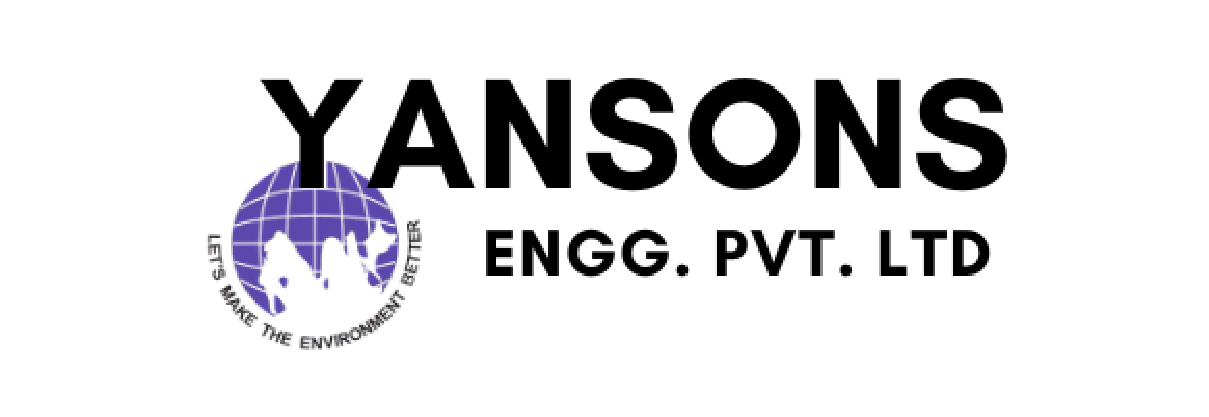Description
A dust extraction system, also known as a dust collection system or dust collector, is essential in briquette plants and pallet plants to effectively remove airborne dust and particles generated during the production process. These systems help maintain a clean and safe working environment, prevent air pollution, and protect the health of workers.
Successful Complete project
Successful completion of the dust extraction system project for briquette plants and pallet plants is achieved when the following goals are met:
- Effective capture and collection of dust at the source points.
- Compliance with environmental regulations and safety standards.
- Maintenance of a clean and safe working environment for the plant personnel.
- Prevention of product contamination due to airborne dust.
- Reduction of air pollution and environmental impact.
- Efficient and reliable operation of the dust extraction system.
Problem
The production processes in briquette plants and pallet plants generate a significant amount of dust and airborne particles. This dust can lead to health hazards for workers, compromise product quality, create an unsafe working environment, and contribute to air pollution.
Solution
Implementing a dust extraction system is the most effective solution to address the dust-related issues in briquette plants and pallet plants. A well-designed and properly installed dust extraction system will capture and collect the dust at the source, ensuring a clean and safe working environment while complying with environmental regulations
Process
The successful completion of a dust extraction system project for briquette plants and pallet plants involves the following steps:
Step 1 – Assessment and Design
- Assess the facility layout, production processes, and dust generation points in the plant.
- Evaluate the volume and characteristics of the dust generated.
- Design a customized dust extraction system based on the specific requirements of the plant.
Step 2 – Equipment Selection
- Select the appropriate dust collector based on factors such as dust load, particle size, and the desired collection efficiency.
- Choose the suitable filter media or separation technology for the dust collector.
- Determine the required airflow and pressure specifications for the system.
Step 3 – Installation
- Install collection points or hoods at the dust generation sources.
- Design and install properly sized ductwork to transport the captured dust to the dust collector.
- Install the dust collector and connect it to the ductwork.
- Ensure proper sealing and insulation of the system to prevent leaks and maintain efficient airflow.
Step 4 – Safety Measures
- Implement safety measures such as explosion protection systems, spark detection and suppression systems, and fire prevention measures as necessary.
- Comply with relevant safety standards and regulations to ensure worker safety.
Step 5 – Commissioning and Testing
- Start the dust extraction system and verify its functionality.
- Conduct airflow and pressure tests to ensure proper operation.
- Fine-tune the system as needed to optimize its performance.

